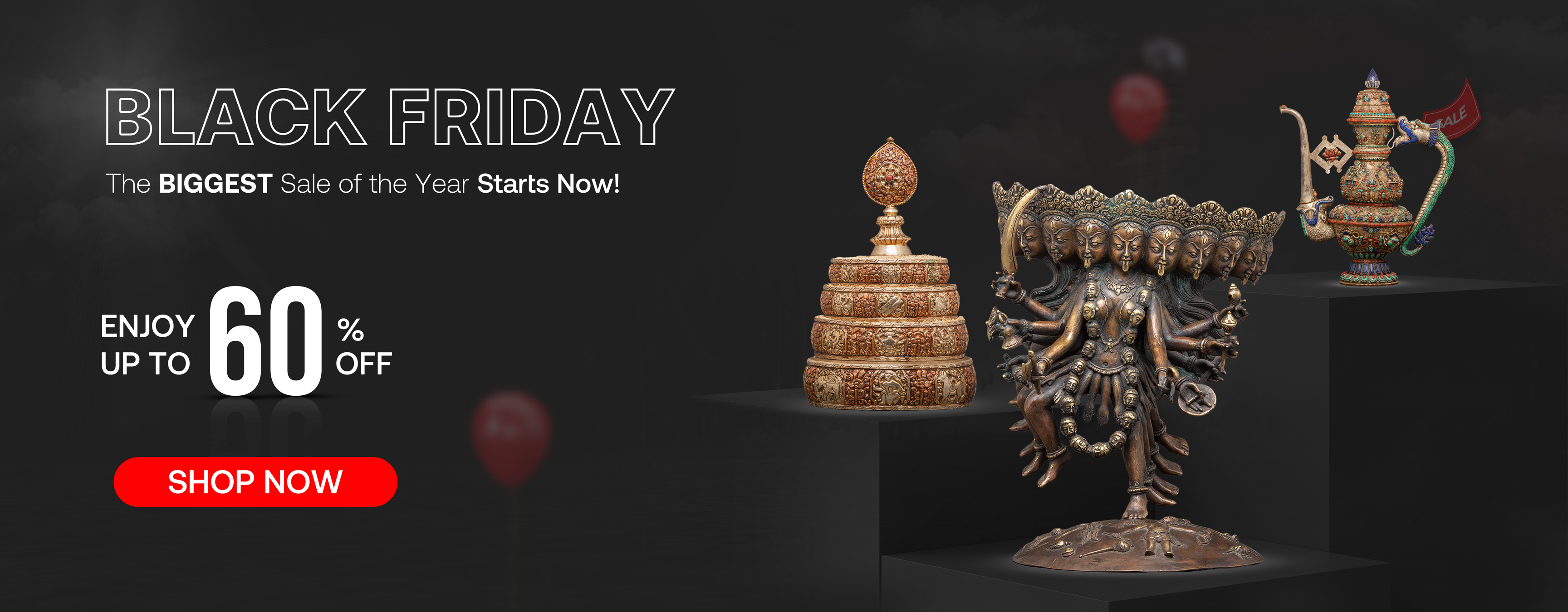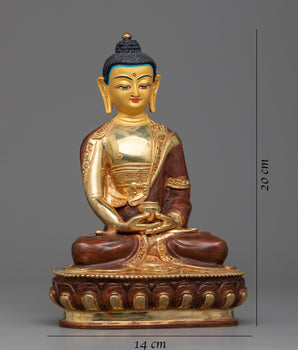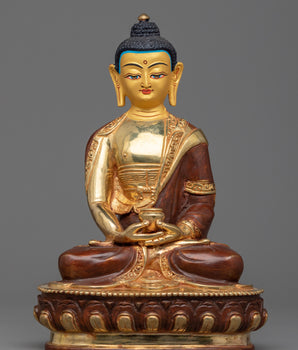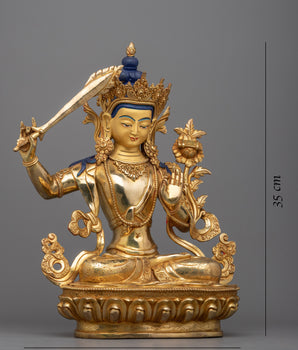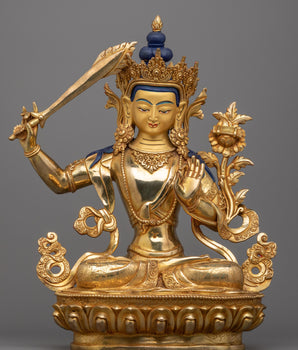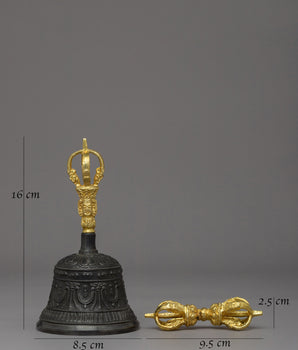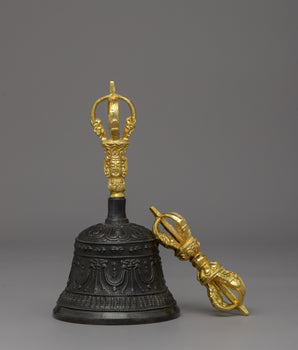A Sacred Window into the Soul of the Kathmandu Valley
Ankhi Jhya, or eye window in Nepal Bhasa, is an essential attribute of the Newar architecture of the Kathmandu Valley. Wooden windows with advanced wood carvings are very eloquent in terms of art, culture, and identity; they are created by skillful hands that have applied the traditional techniques of carving and traditionally placed in the upper levels of the Newar house, providing the inhabitants with a view of the street without being visible to others, ensuring privacy while maintaining awareness of what was happening in the external world without actually leaving the house. They are highly functional and ornamental, with the latticed work encouraging natural light and ventilation. In addition to its functionality, Ankhi Jhya embodies the wealth of cultural and spiritual Newar values, as it commonly portrays Hindu and Buddhist symbols, mythological animals, flowers, and religious emblems. They remain the enduring testimonies to Nepal's architectural grandeur, of which historians, artists, architects, and tourists take pride.
What is Ankhi Jhya?

Ankhi Jhya is a uniquely carved wooden window applied in traditional Newar houses and temples in and around the Kathmandu Valley, especially in Kathmandu, Bhaktapur, and Patan. The reason behind the name of these windows is that they resemble eyes; these windows are associated with observation, knowledge, and spiritual protection. Rather than being considered as a mere architectural element, it is adored as cultural icons and highly complicated pieces of art representing centuries of Newar identity, craftsmanship, and religious symbolism. They are chiefly found in significant numbers at Bhaktapur Durbar Square, where old houses and palaces give examples of preserved specimens; at the Patan Museum, which has an excellent historical background, and in the old quarters of Kathmandu, in Asan, Basantapur, and around Kumari Ghar. Ankhi Jhya restored can be found in personal residences and heritage hotels, featuring a combination of modern and traditional design.
Origin and Symbolism of Ankhi Jhya
The Ankhi Jhya or the intricately designed eye windows of Newar architecture have a very early history and can be traced back to the Licchavi Era (c. 400-750 CE), which was the golden phase of Nepalese art and architecture. The appearance of Ankhi Jhya at this period demonstrates the technical skills of the Newar people in carving wood, as well as their strong attachment to spiritual symbolism and architectural aestheticism. Other scholars say that ornamental woodwork may be traced even before the Licchavi period, since there is some evidence suggesting the presence of primitive carved windows in even earlier settlements.
The form of the Ankhi Jhya is legendary as compared to its identity, and the length of the horizontal lines on the top and bottom, coupled with the tapered middle, acknowledges the curves of a motherly eye. In a traditional belief system, it is a powerful symbol of protection, wisdom, and guidance, often associated with a Higher Power or Deity. People say that installing these eyes into the front of their houses, Newar families could keep the evil away, create good fortune, and maintain spiritual contact with the outer world. Throughout its development, the Ankhi Jhya has become increasingly complex and sophisticated, and nowadays it can be considered one of the visual hallmarks of Newar architecture, as well as a powerful symbol of community identity.
Types of Ankhi Jhya
Sanjhya

The Sanjhyā is a three-part (symmetrical) grand window found in the traditional Newar houses, and is usually located in the middle of the facade of a building. It has a carved center panel with two narrower side ones, which act as a focal point, enhance street views, and also make the household visually more prominent.
Gajhya

Gajhya is a projected window above the front of a house, less valuable than an ornamental one. It is a symbol of wealth and taste of the owner, and it could have a small overhanging roof, ornate wooden columns, and carvings. Although it can be used as a balcony or a lookout point, it serves primarily an aesthetic purpose.
Tikijhya

A typical Newar window, the Tikijhya has an elaborate lattice work and is usually on the second Story. It is transparent to light and air and provides privacy, particularly to women who look at the street. The wooden screen is finely carved with geometrical or floral patterns.
Pasukha Jhya

The spiritually symbolic window is the Pasukha Jhya, which has five minor vertical divisions, representing the Pancha Buddhas. Symbol of spiritual protection, balance, and harmony, and can be observed in monasteries and spiritual buildings. Although these windows are small in size, they indicate Buddhist influence on Newar culture.
Craftsmanship: A Sacred Art of the Newar Community

Ankhi Jhya is a religious painting that is an inseparable component of Newar culture and was formerly manufactured by the Shilpakar caste, a community of master craftsmen whose lineage includes sculpture and filigreed woodwork. It is a tradition that is handed down from generation to generation, and the young students need to be taught not only technical finesse but also religious symbolism, geometrical erudition, and aesthetic harmony. All the windows are hand-carved with traditional tools, without taking any shortcuts or engaging in mass production. Decades of experience and intuitive knowledge of the spiritual and cultural situation are involved in the process.
Regional varieties of the Kathmandu Valley are represented in the stylistics of Ankhi Jhya, with some windows portraying Hindu imagery, including deities, protectors, and other sacred animals. On the other hand, display Buddhist symbols, such as the lotus and vajra or the Five Dhyani Buddhas. Not having a purely aesthetic purpose, the spiritual carvings are aimed at matching the house and its contents, including the family, with the protective forces and divine order, making the window not merely a visual, but a spiritual defence.
Ankhi Jhya in Literature, Folklore, and Festivals

Ankhi Jhya is a crucial part of Newar folklore, poetry, and oral narrative as well. In the even older tales that have been told and retold through the generations, the window has frequently appeared as a silent but vital character: the spot where a maiden secretly observes her love pass by. At this place, an old grandmother sits and tells her grandchildren stories as they sit by it, or where the spirits are believed to peek in at the festivals.
During such festivals as Indra Jatra and Bisket Jatra, the streets are filled with traditional houses decorated with Ankhi Jhya, which look incredible. These windows are usually adorned with garlands of marigolds or Dalucha (oil lamps) by the devotees, making them some sort of an altar. The windows are also regularly cleaned, decorated, and window watching of the religious processions is conducted during Yenya Punhi (Festival of Kathmandu).
Folkloric songs of Newars (Dapha Bhajans) are often sung at rooftops and window sills, metaphorically invoking Ankhi Jhya as the eye of remembrance, separation, or divine shelter. The limitations and liberation that these architectural wonders provide are among the youngest literary expressions of women's voices in Newar culture, connected to their perception of the world through these latticed wooden eyes.
Sustainable Architecture and Ankhi Jhya

A glass and concrete world, Ankhi Jhya is an eternal example of eco-friendly design. The lattice carved on it provides it with natural ventilation, diffused lighting, and privacy, without the contemporary energy expenditures. Made of long-lasting woods, predominantly local (sal and teak), these windows demonstrate a concern for the environment, long before it became a fad. Architects and heritage organizations are re-introducing elements of Ankhi Jhya-inspired green buildings today, and it has shown that tradition and sustainability can go together so beautifully.
Cultural and Artistic Value in Contemporary Interpretation
The modern world still attaches a tremendous cultural and artistic value to Ankhi Jhya. Although they were previously used primarily on traditional houses and temples, they are now being recreated and redesigned in various styles of modern buildings. These windows can be found in heritage hotels, urban homes, cultural eateries, and even museums, where they not only serve as centerpieces of interior design but also as a measure of Nepali-ness. As they are eternally beautiful, historical, and symbolic, they have found demand with the architects, collectors, interior designers, and cultural institutions both in Nepal and overseas.
On a larger scale, this living tradition is threatened by urbanization, mass commercial production, and the decline of traditional apprenticeship systems. With the introduction of modern materials and methods of construction to replace hand-made woodwork, there are fewer and fewer skilled artisans. Few NGOs, heritage groups, and tourism management bodies have responded by documenting, repairing, and publishing the Tradition of Ankhi Jhya. Such efforts are focused on both preserving the physical objects and recovering the intangible cultural knowledge that keeps this centuries-old tradition alive and growing, so that Ankhi Jhya will continue to be a living, breathing representation of Nepalese culture.
Ankhi Jhya as Cultural Souvenir and Preservation Symbol

In more modern times, craftsmen and businessmen began to create miniature replicas of Ankhi Jhya out of wood, metal, or terracotta; these make excellent souvenirs, wall decorations, or gifts. Such replicas are available in handicraft shops in Patan, Bhaktapur, and Thamel. They symbolize:
- Cultural pride
- Architectural awareness
- Spiritual protection
- A saving Grace of a dying art
In some cases, organizations even incorporate small writings in Nepal Bhasa or Sanskrit in these miniatures, increasing their spiritual and didactic purpose. And it is not merely a gratitude gesture when one takes a tiny Ankhi Jhya home, but a vow of silence: to bear witness, to remember, and to keep safe.
Conclusion
The Ankhi Jhya or eye window is far, far more than an architectural feature; it is an alive peek into the very heart of the Newar civilization. Each curve, each symbolic etching, and panel narrates a tale of harmony, spirituality, artistry, and strength. Whether it is the functional brilliance of the structure or the spiritual guardianship, whether it is a silent window to the world in a woman's life or an architectural symbol understood all over the globe, Ankhi Jhya is a miniature of Nepal's overwhelming cultural identity.
However, with the rising urban landscape and concrete jungles replacing traditional households, the age-old art form is in danger of dying. Resurrection and reverence are the answer, and it can be achieved by education, environmentally friendly activities, heritage tourism, and the nurturing of artisans. Ankhi Jhya needs not only to be preserved in monuments but also to be revived in the minds and hearts of the new generation.





